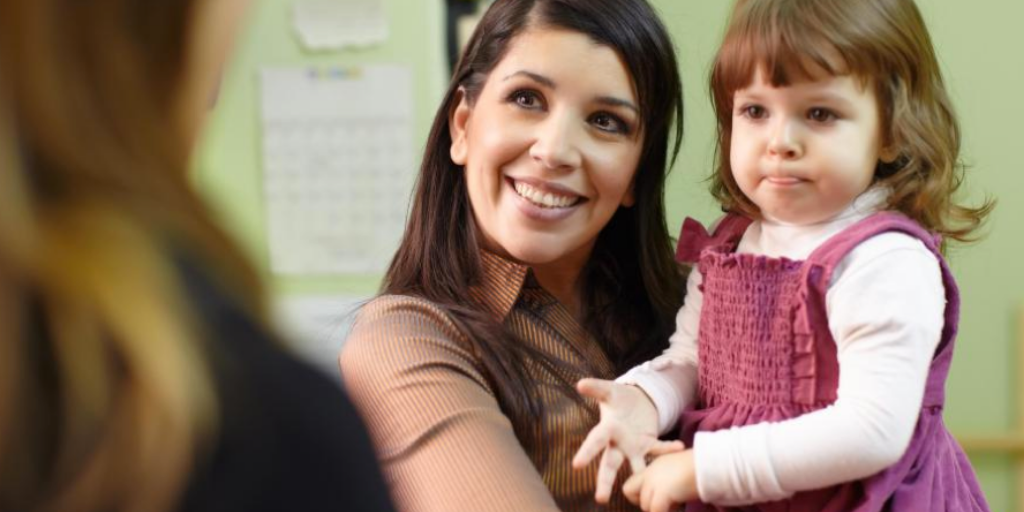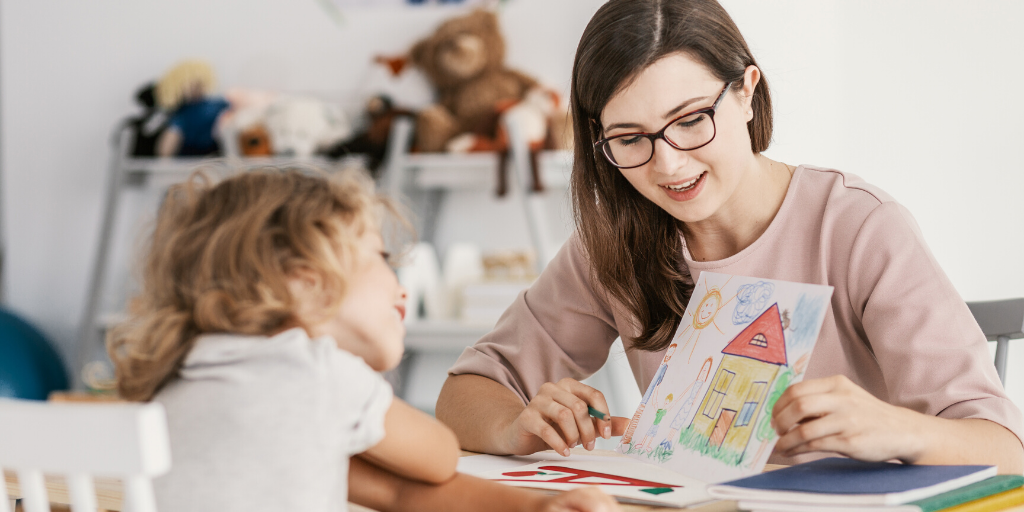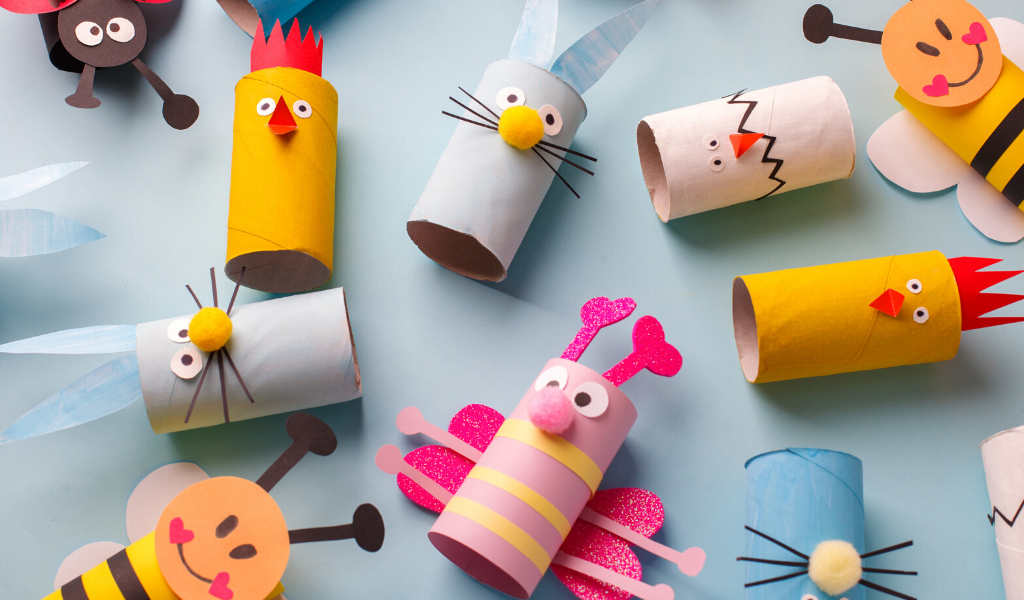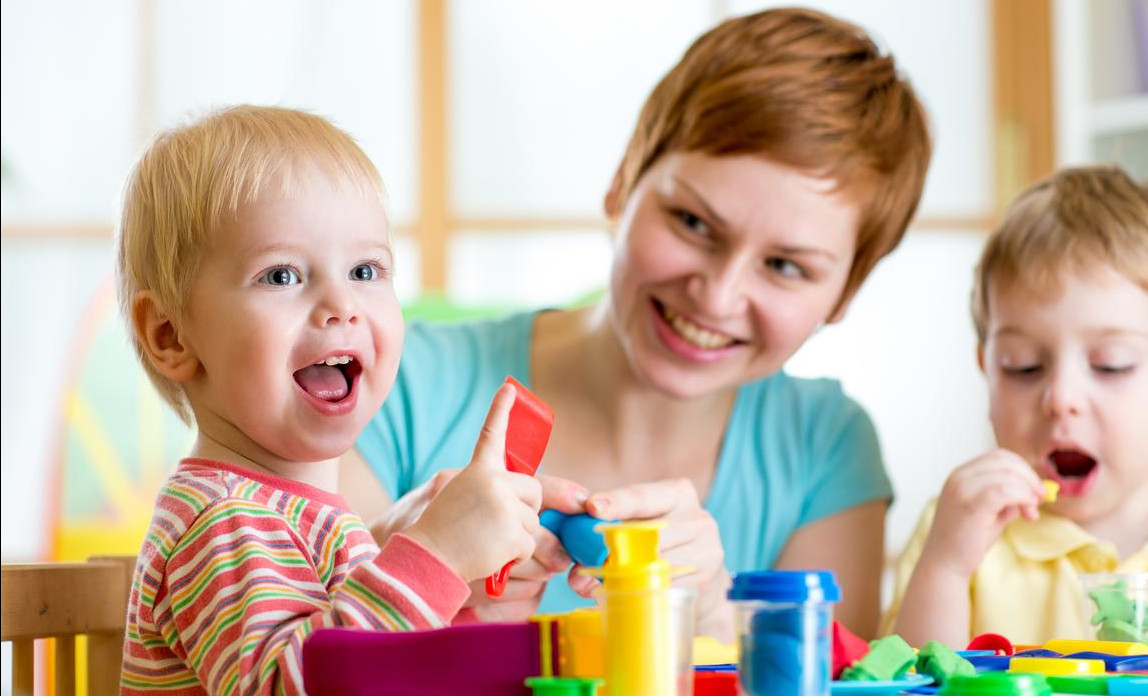After a tumultuous week of government announcements, we now know that childminders not already caring for any key worker or vulnerable children can begin to care for a child or multiple children from ONE household only with immediate effect.
Furthermore, from 1st June 2020, all schools, early years settings and childminders should begin to open for more children IF the government’s five key tests for relaxing lockdown have been met by that date.
This situation will be assessed on 28th May before final confirmation of opening is made, so this date may change – but early years settings need to be ready. They need to plan and prepare to be able to either reopen if currently closed or to open for more children if currently caring for just key worker and vulnerable children. In this blog, for ease, I will just refer to ‘opening’ for both of these scenarios.
It’s important to remember that reopening is NOT compulsory.
It is up to individual settings to do what is right for them and their families. However, Government are keen that as many children return to school and childcare as possible to enable them to get back into their normal routines and their parents to return to work. The main idea is for a phased return that limits the number of children in settings and limits how much they mix with each other.
So, who can return?
- Childminders and nurseries can welcome back children of all ages, in line with usual restrictions, including ratios, on the number of children they can care for.
- In schools, children in Nursery, Reception, Year 1 and Year 6 years will be welcomed back first.
This assumes children are healthy and are not either themselves clinically vulnerable, or a member of their family is not extremely clinically vulnerable. No individuals (either children or staff) with coronavirus symptoms of high temperature, continuous cough or Anosmia – (the loss of smell) may attend settings. This includes if they are self-isolating due to symptoms in their household whilst awaiting testing. Tests are now available for everyone (aged 5+) with symptoms. Settings should handle potential cases of the virus as per government advice.

Social distancing
A controversial element of childcare settings opening is that of social distancing. Fortunately, Government have recognised the impossibility of implementing this with young children. Instead, they have suggested that where larger groups of children attend a setting, they are placed into smaller cohorts (commonly being referred to as ‘bubbles’), based on EYFS ratios, of children who play together, with their own resources, in their own space, with specific staff and do not mix with the other cohorts as far as possible. Government have also advised that parents/carers do not enter the setting and that social distancing measures are in place during handovers and for any contact with other adults who may need to visit the setting.
Planning for opening on 1st June: Key areas to think about
- Parents
- Children
- Staff
- Paperwork
- Premises
- Resources
- Hygiene
- Health
- Daily routines
Parents
Contact your parents to find out:
- Who is intending to send their children back on 1 June and if not then, what are their plans?
- If the children are returning what days/times? Are these changing from their previous attendance pattern?
- Do the parents have any concerns about their child returning? How can you address these?
- How has their child been impacted by lockdown e.g. behavioural changes, bereavement, new developments, new interests? Could you send out a new ‘All about me’ form to gather this information?

Children
- How will you group children into their ‘bubbles’? Consider friendships and attendance patterns. A childminding setting is its own bubble generally, although if caring for a mix of older, school, age children alongside early years children you might want to consider if they can be kept separate or contact minimised.
- Are they worried about returning? What can you do to reassure them?
- Are they excited about returning? What can you do to celebrate their joy?
- How can you prepare children for the changes that they will find in the setting when they return?
- How can you support children who have experienced bereavement, mental health and emotional difficulties, are displaying challenging behaviour, are experiencing separation anxiety, are generally unsettled due to the overall situation?

Early years staff and childminders
- Think about how YOU feel about opening. Are you anxious or looking forward to the prospect? Do you need any emotional support to ensure your own wellbeing?
- Ask your staff (if applicable) how they are feeling about opening. What can you do to resolve any concerns and support their wellbeing? What do they need to return safely and confidently?
- How will you deploy staff so that each person mixes with as few other adults as possible, following social distancing rules? How will you allocate staff to ‘bubbles’? Can you arrange things so that children are cared for by their usual key person/s? How will you manage breaks or cover for illness/other absence?
- Discuss your staff’s working hours with them. These may need to be changed to meet the needs of the business, or any changes in their own circumstances. You will need to think about the logistics of furlough, short-time working, lay-offs, increased hours, holiday entitlements, staff self-isolating or shielding, etc. Guidance on employment issues is available on the government’s website.

Paperwork
- Review your policies and procedures: what needs to be updated in line with any changes you are implementing e.g. risk assessments, doorstep handovers, responding to children who are ill, staff absence due to illness/self-isolation/shielding, health and safety, safeguarding, behaviour, staff conduct etc. Start with your compulsory policies, then the ones you consider essential for the smooth operation of the setting to prevent this task becoming overwhelming.
- Child contracts will need to be updated, especially if anyone has changed hours or you have amended your fee policy. Staff contracts may also need to be reviewed. Remember contracts need to be considered to be fair and reasonable.
- Review and update your child records with any new information from home (see above). Consider emergency contact details: what will you do if parents cannot be contacted at work in an emergency or cannot collect their child, taking into account social distancing rules around mixing with other households? This is particularly important if existing emergency contacts are in one of the vulnerable categories.
- Similarly, how will you organise nappy changes/toileting, sleeping arrangements and other daily routines?
Premises
- Conduct a full risk assessment prior to opening, taking into account government requirements and guidance, including social distancing and hygiene.
- Do you need to change the layout of your childcare space to accommodate guidance on social distancing between groups of children in their cohort ‘bubbles’? Can you use room dividers, existing furniture or rope cordons to create separate areas?
- Can you move your main childcare provision outdoors where it is less easy for the virus to survive and spread? Do you need to organise any repairs or undertake routine maintenance tasks before opening?

Resources
- Risk assess your resources and consider if any of these need to be temporarily stored away due to risk of infection, such as toys with intricate parts or not easily cleaned. This will particularly impact those settings who have moved away from plastic resources in favour of natural loose parts and wooden toys.
- Can you rotate hard to clean resources to reduce risk of infection given that the virus is believed to survive on surfaces for a limited period?
- Consider how you can continue to offer sensory and messy play experiences whilst preventing cross-infection – perhaps by providing individual portions of playdough, sand and water trays etc.
- Can you divide the resources so that each bubble has access to its own selection that will support the full range of areas of learning and development?

Hygiene
- Have you made yourself familiar with government guidance on hygiene in childcare settings (see below)?
- Is there anything you need to organise or obtain to be able to clean effectively and promote good personal hygiene, such as hand sanitiser, lidded bin, gloves or aprons? Would a ‘snot station’ work for you? Could you display posters to promote good hygiene practice?
- Have you assessed what will need to be cleaned, and how frequently e.g. doorbell/knocker; doors and handles; cupboard doors, light switches, sinks, taps and toilet bowls, toys and resources?
- How will you plan your cleaning rota? When can cleaning be done e.g. before children arrive, during lunch or nap times, after children have left? Will staff rotas need adjusting to allow for the additional cleaning?
- Do you need to remove resources and soft furnishings, such as rugs, cushions, throws and dressing up clothes that are not easily cleaned or need very frequent cleaning?
- Do you need to change your opening times to allow for cleaning? For example, childminders might want to close earlier so the cleaning has less impact on their own family time.
Health
- Think about your current illness policy and procedures. What changes do you need to make, such as adding in a policy regarding Covid-19 which should include government guidance on symptoms, isolating and testing, as well as updated emergency contact procedures?
- How will you enforce your message to parents that children displaying symptoms of coronavirus MUST not attend for the recommended isolation period?
- If a child becomes ill with symptoms whilst in your care how will you manage this whilst continuing to provide care for the other children? This will be a particular challenge for lone childminders.
- Although PPE is not recommended for day to day general use in childcare settings, it is recommended to be used if caring for a child who displays symptoms in the setting so you will need to consider sourcing at least one set of (medical-grade) PPE for emergency use.
Routines
- Think about your daily routines and any changes you need to make to facilitate social distancing and maintaining hygiene.
- Will you need to amend your opening times to account for reduced numbers of children, staggered arrivals, additional cleaning etc?
- Do you need to stagger the times parents arrive to bring and collect their children, so they don’t gather together outside the setting?
- If children normally eat in large groups, how can you adapt mealtimes to ensure the ‘bubbles’ do not mix? How will you manage staff meals and breaks if they can’t cover their colleagues due to social distancing and not mixing with other cohorts?
Key reading
Government page for key Early Years & Education documents:
Coronavirus (COVID-19): guidance for schools and other educational settings
Including:
Actions for educational and childcare settings to prepare for wider opening from 1 June 2020
Coronavirus (COVID-19): implementing protective measures in education and childcare settings
Safe working in education, childcare and children’s social care
Other useful links
Early Years Alliance FAQ page
PACEY Coronavirus spotlight page
About Rebecca Martland

Rebecca has 20 years’ experience in the early years sector: as a childminder, she has received an Outstanding grade from Ofsted for four consecutive inspections. She is an Early Years consultant, trainer, author and Nursery World Awards judge. She is also a qualified teacher and Early Years Professional. Rebecca is a staunch advocate of play based, child-centred education and childcare. This philosophy is at the centre of her training and a message she shares widely as an active member of the Early Years community.





